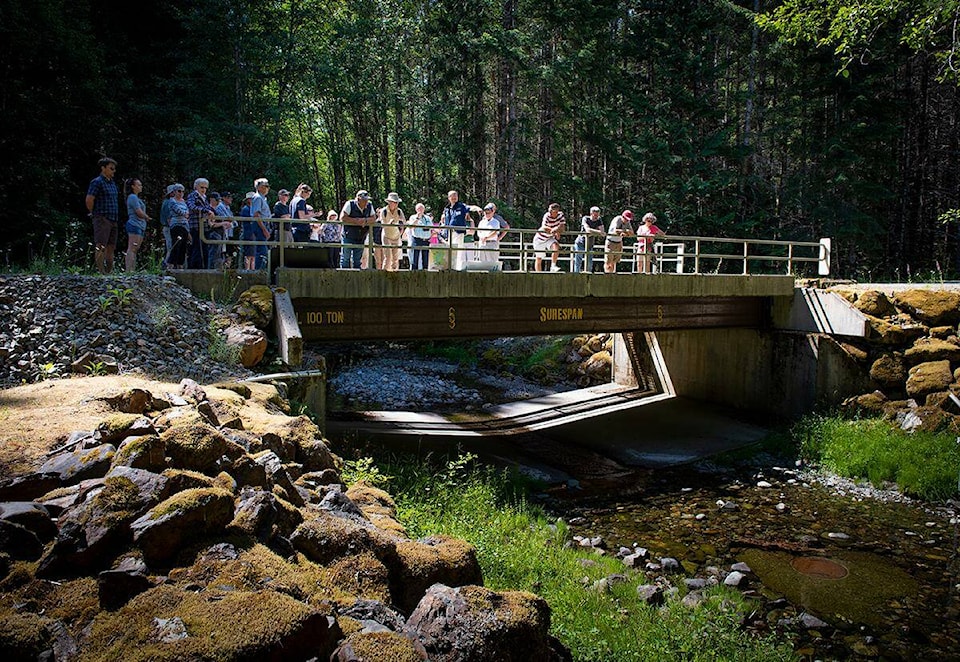CRD staff and the Regional Water Commission are committed to preserving the quality and safety of the Capital Region's water supply.
But that quality and safety face multiple challenges: climate change, rapid growth, drought. But the most immediate threat is on our doorstep: wildfires.
We have over 8,600 hectares of forested watershed surrounding Sooke Lake Reservoir. The vulnerability to wildfire is not to be ignored nor downplayed. It is, in fact, the number one risk to our watershed. While we may be slightly less vulnerable than much of the rest of the province, it is a question not if but when.
So, what will be the impact of wildfires in the watershed?
It would be challenging to extinguish a fire during the dry hot summers we’ve been having, especially on windy days, when the likelihood of major fire damage is greatest. The immediate impact would be on air quality.
But wildfires impact water quality too. Materials that normally remain on land, can move into the water, including soil, sediment, nutrients, naturally occurring chemicals, metals, and woody debris. This can upset the balance of water ecosystems.
With the destruction of vegetation, intense rainfall events become a threat, with the ground unable to absorb the water, creating soil erosion and significant runoff into streams and reservoirs. Algae blooms, turbidity events and the need for more frequent boil water advisories could occur after a big wildfire as the current treatment system does not have the capacity to remove sediment, harmful chemicals, algae, and microorganisms from the water.
The loss of tree canopy can further impact water quality by affecting water temperature and nutrient concentrations.
While the CRD continues to remain vigilant monitoring and preparing for the risk of wildfires we need to continue to invest in our water quality systems to plan for wildfire impacts. An investment like our planned filtration system.
The new proposed filtration plant is part of the CRD’s Regional Water Supply Master Plan and is estimated to cost approximately $1.1 billion. By adding filtration, we can ensure that drinking water meets health and regulatory requirements, as we add new water sources or if the water characteristic change over time due to climate change or after a significant event like a wildfire. A filtration system can filter out sediment, harmful chemicals, algae, and microorganisms, reduce the likelihood and length of boil water advisories, and preserve the safety of water.
The CRD intends to partially fund the filtration system and other important water projects through Development Cost Charges (DCCs). DCCs are fees paid by developers to help pay for infrastructure required to support growth.
While the CRD continues to remain vigilant, monitoring and preparing for the risk of wildfires inside the watershed, we need to continue to invest in projects and facilities that will help counter the impacts of wildfire on our drinking water supply.
The need to plan for a filtration system cannot be overstated, and while we all hope that wildfire won’t be an issue, hope is not a plan. As a water commissioner, I support plans for the most probable future, so that we are ready for a myriad of outcomes. Those plans will be assessed and reviewed before going ahead. But, without a proper water supply, we can’t live here. Water is priceless. We need to ensure that our water supply is resilient and sustainable.
Karen Harper, vice-chair
Regional Water Supply Commission



